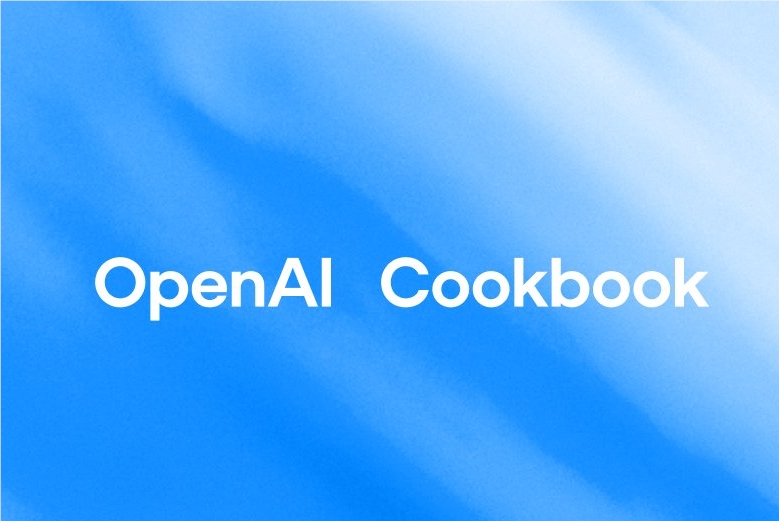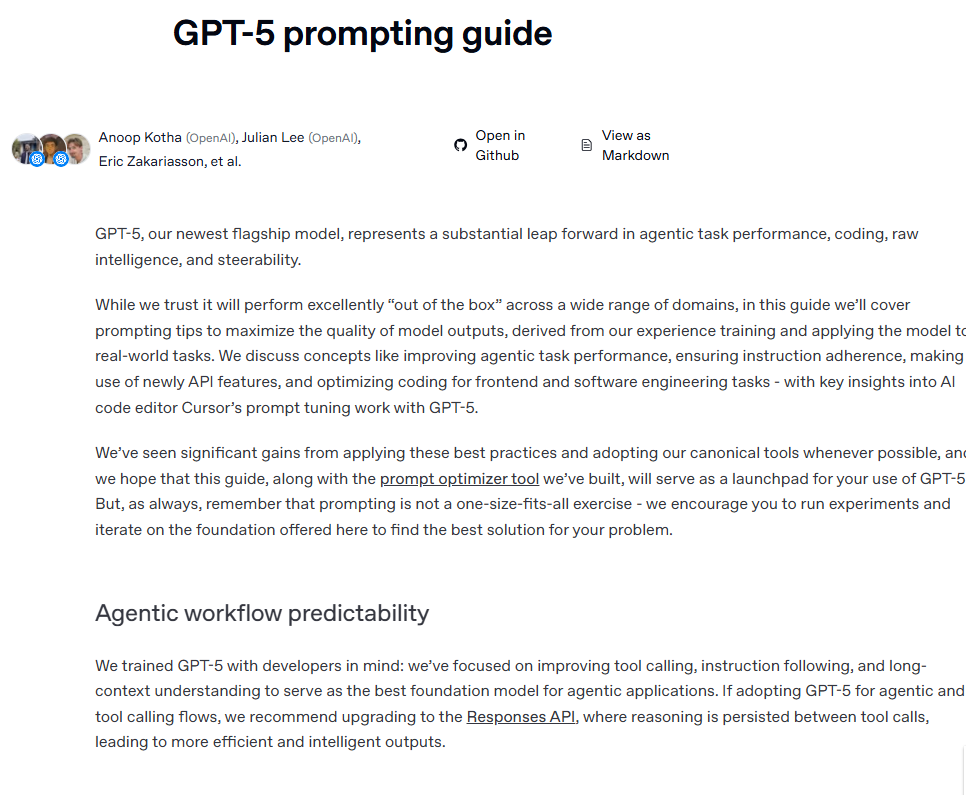OpenAI Releases GPT-5 Prompt Guide for Enhanced AI Capabilities
OpenAI Unveils GPT-5 Prompt Guide: A Deep Dive
OpenAI has officially released its GPT-5 Prompt Guide, providing users with detailed instructions to maximize the potential of its latest flagship model. The guide focuses on optimizing complex tasks, programming efficiency, and multimodal interactions while emphasizing safety and reliability.

Optimizing Complex Tasks and Programming
The guide elaborates on enhancing GPT-5's performance in agent tasks, code generation, and instruction following. Key recommendations include:
- Adjusting the
reasoning_effortparameter to balance quick responses with deep analysis. - Leveraging the Responses API to improve code generation efficiency by retaining reasoning context, reducing token consumption by 50%-80%.
- Utilizing GPT-5's capabilities for debugging large codebases and building applications from scratch.

Controlling Agent Behavior
The guide explores how to fine-tune GPT-5's autonomy:
- Reducing over-exploration: Limit tool calls or define clear task objectives for rapid responses.
- Increasing autonomy: Encourage active exploration by raising reasoning effort or adding directives like "continue until the task is completed."
- Tool preambles: Request clear plans and progress updates for complex tasks to enhance transparency.
Multimodal and Personalization Features
GPT-5 supports text, images, voice, and preliminary video processing. The guide recommends:
- Using contextual instructions (e.g., "process the image and generate a description") to leverage multimodal capabilities.
- Customizing interactions with features like chat colors, preset personas (e.g., "cynic" or "listener"), and tool integrations (e.g., Gmail, Google Calendar).
Safety and Reliability
OpenAI highlights GPT-5's reduced hallucination rates, with error rates dropping by 45%-80% compared to previous models. The guide advises:
- Using the "safe completions" feature for sensitive tasks.
- Ensuring high-quality answers that meet safety constraints, with clear explanations if the model cannot respond.
Industry Implications and Community Feedback
The guide reflects OpenAI's strategy to simplify AI interactions and unify model architecture. However, some users express concerns about:
- High API costs.
- Performance improvements not fully meeting expectations in certain tasks.
Key Points
- Enhanced Autonomy: GPT-5 excels in agent tasks with improved contextual understanding.
- Programming Power: Dubbed the "strongest code model," it optimizes code generation efficiency.
- Multimodal Flexibility: Supports text, images, voice, and preliminary video processing.
- Safety First: Reduced hallucinations and robust safety features ensure reliable outputs.
- Community Concerns: High costs and variable performance improvements remain points of discussion.